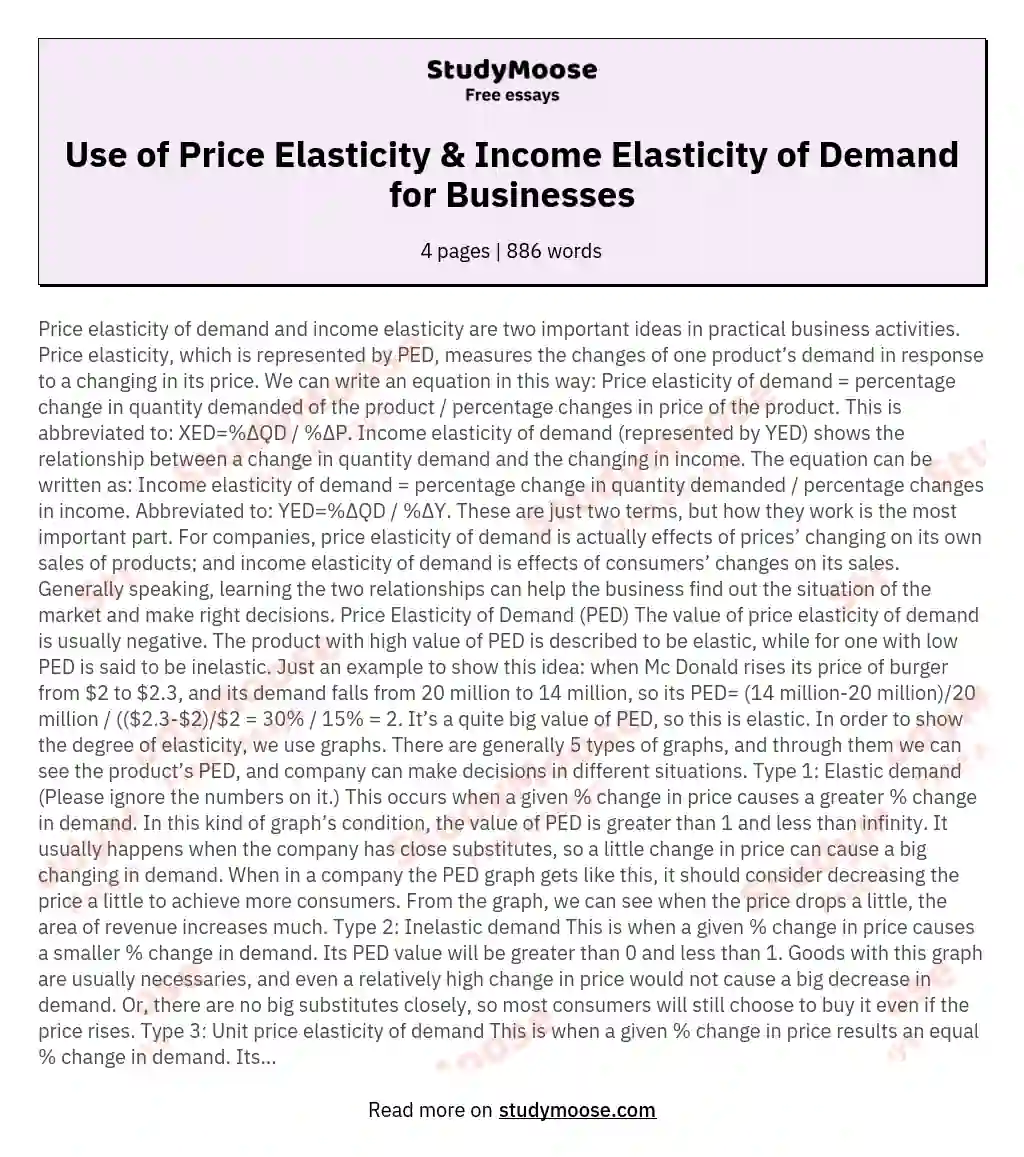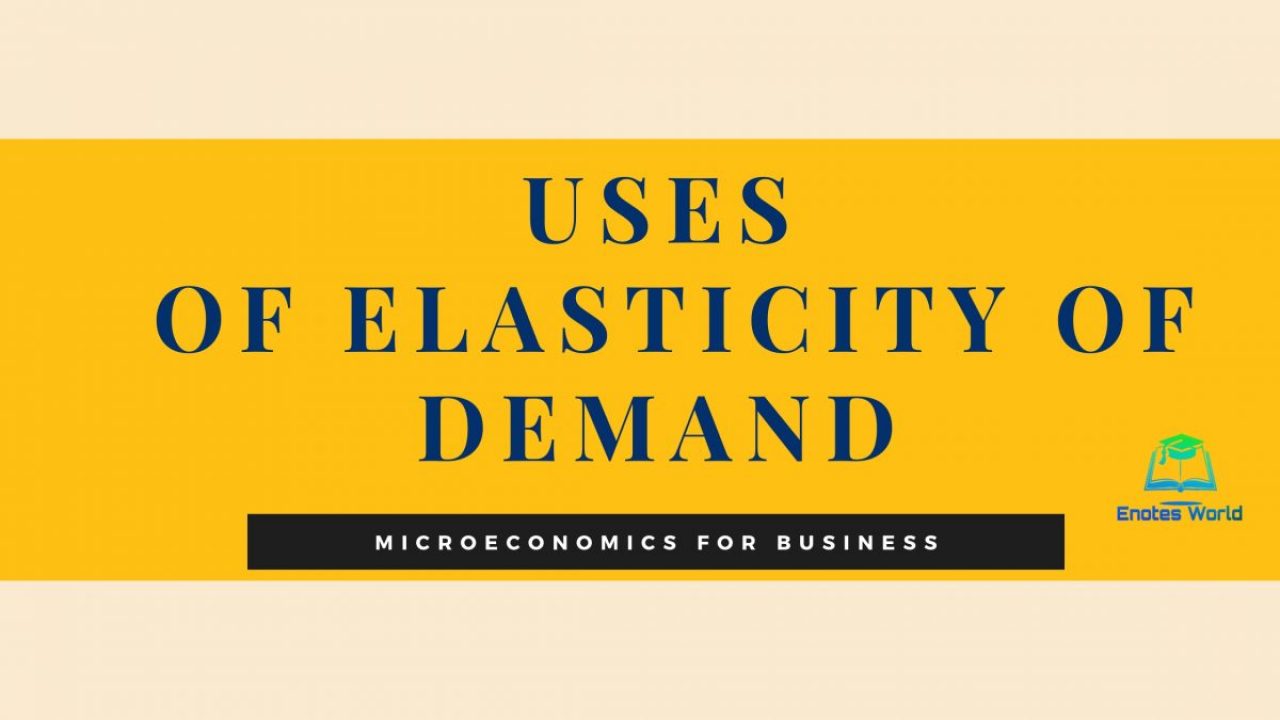Price elasticity of demand is a measure of how sensitive the demand for a good or service is to a change in its price. Income elasticity of demand is a measure of how sensitive the demand for a good or service is to a change in consumers' income. Both price and income elasticity of demand play important roles in the field of economics and can have significant impacts on businesses and the economy as a whole.
There are several factors that can influence the price elasticity of demand for a good or service. One important factor is the availability of substitutes. If a good or service has many substitutes, the demand for it is likely to be more elastic, as consumers can easily switch to one of the substitutes if the price of the original good or service increases. On the other hand, if a good or service has few or no substitutes, the demand for it is likely to be more inelastic, as consumers have fewer options if the price of the original good or service increases.
Another factor that can influence the price elasticity of demand is the necessity of the good or service. If a good or service is considered a necessity, such as food or healthcare, the demand for it is likely to be more inelastic, as consumers will continue to purchase it even if the price increases. On the other hand, if a good or service is considered a luxury, the demand for it is likely to be more elastic, as consumers may be more willing to forgo it if the price increases.
The income elasticity of demand is also influenced by several factors. One important factor is the type of good or service being purchased. Normal goods, which are goods or services that people tend to purchase more of as their income increases, have a positive income elasticity of demand. On the other hand, inferior goods, which are goods or services that people tend to purchase less of as their income increases, have a negative income elasticity of demand.
Another factor that can influence the income elasticity of demand is the income level of the consumers. For example, a luxury good or service may have a higher income elasticity of demand for lower income consumers, as they may be more sensitive to changes in their income and may be more likely to forgo the good or service if their income decreases. On the other hand, higher income consumers may be less sensitive to changes in their income and may be more willing to continue purchasing the good or service, even if their income decreases.
In conclusion, price and income elasticity of demand are important concepts in economics that can have significant impacts on businesses and the economy as a whole. The price elasticity of demand is influenced by the availability of substitutes and the necessity of the good or service, while the income elasticity of demand is influenced by the type of good or service being purchased and the income level of the consumers. Understanding these factors can help businesses make informed decisions about pricing and marketing strategies, and can help policymakers understand how changes in price or income may impact the demand for goods and services in the economy.






